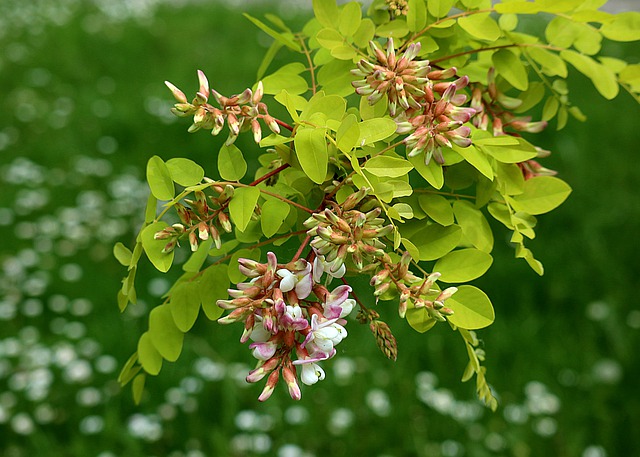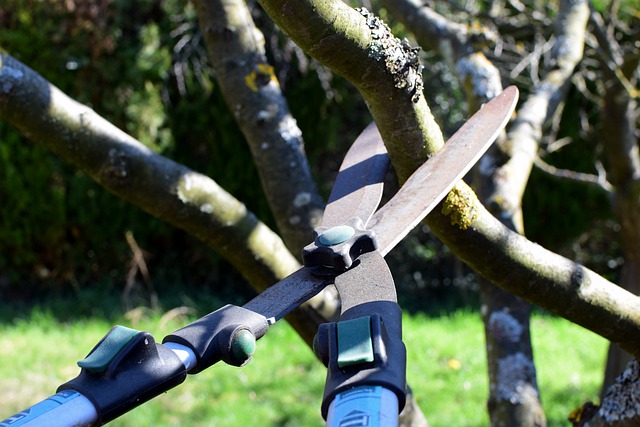This excerpt has been taken from “The pruning book” by “Lee Reich”. Pollarding is a pruning system involving the removal of the upper branches of a tree, which promotes the growth of a dense head of foliage and branches. “Tree Service in Oakland” renders you with this service at an affordable price.
You either like pollarding or you do not. Pollarding is not a natural look: In winter, the trunk or short scaffold limbs are terminated by a clubbed head or heads; in summer, a mass of vigorous shoots bursts wildly out of that head or heads. Pollarding is useful for lending a formal appearance to a tree (those wild shoots originate from one or just a few points, so they are well contained) and for easily controlling the size of an otherwise large-growing tree.
Pollarding seems to have isolated but diverse appeal. You find pollarded trees lining streets in San Francisco and some European cities, as well as standing sentinel in front of homes in rural Delaware. The technique originated out of need, centuries ago in Europe, as a means of harvesting firewood without killing a tree. Regularly cutting a tree to the ground coppicing accomplishes the same thing on those trees that can tolerated such treatment, but sprouts growing up near ground level were prey to grazing animals.
Plants to Use
Fast-growing deciduous trees that do not mind being cut repeatedly are ideal candidates for pollarding. Among such trees are tree-of-heaven (Allanthus altisslma), black locust (Robinia Pseudoacacta), catalpa (Catalpa bignonloldes), chestnut (Castanca spp.), horse chestnut (Aesculus hlppocastanum), linden (tilla spp.), London plane tree (Platanus X accertfolia), princess tree (Paulownta tomentosa), sycamore (Platanus occidentalis), and willow (Salix spp.), Vigorous shoots on some of these trees bring along other special effects, such as the monstrous leaves of princess tree, or the bright red bark of the ‘chermesina’ variety of white willow (Sallx alba).

Shaping and Training
Nothing special needs to be done for the young tree-and it is best to begin with a young tree-to be pollarded except to give it a high head, with at least 5 ft. to 6 ft. of clear trunk. This high head is only for appearance’s sake. In thinking about how high to make that head, also consider how high you want to have to reach to prune. While the tree is you want to have to reach to prune. While the tree is young, leave some branches on the trunk to help thicken it and to shield it from direct sunlight. But keep these branches pinched back so that they do not grow more than 1ft. in a season, and remove them completely after a few years. For the plant that will be merely a trunk with a clubbed head, cut back the trunk in winter to the height you want for that head.
If your pollarded tree is to have stubby scaffold limbs growing off the trunk, train the tree so that these limbs are spirally arranged around the trunk, spaced 6 in. to 18 in. apart vertically, and radiating out at wide angles. Again, you are designing your tree for appearance and, perhaps, ease of pruning; strength is not a concern for a tree never allowed to achieve great height or to grow limbs that are both long and thick. Once scaffold limbs develop, shorten them each winter to a point 2 ft. to 5 ft. from the trunk. Also remove any side branches growing from the scaffold limbs. The eventual size of the tree should determine what will look best as far as the spacing and length of the scaffold limbs. Do not allow the trunk to keep growing upward. Before it grows too thick or too far out of reach, lop it back to the topmost scaffold.

Pruning
Once the trunk and scaffold limbs are in place, the pollarded tree needs pruning every winter, or at least every second or third winter. Pruning is easy: just lop all young stems back to within ½ in. or so of where they began growing the previous season. Repeatedly lopping stems back to that point is what makes the knob atop the trunk or at the end of a scaffold limb.
So there you have it, a high head capped by a knobby stub, or by short scaffold limbs ending in those knobby stubs. Prune early enough in the dormant season so that you can enjoy the curious look of your pollarded tree when it is leafless,Interesting.
Continue reading on Pruning tools

